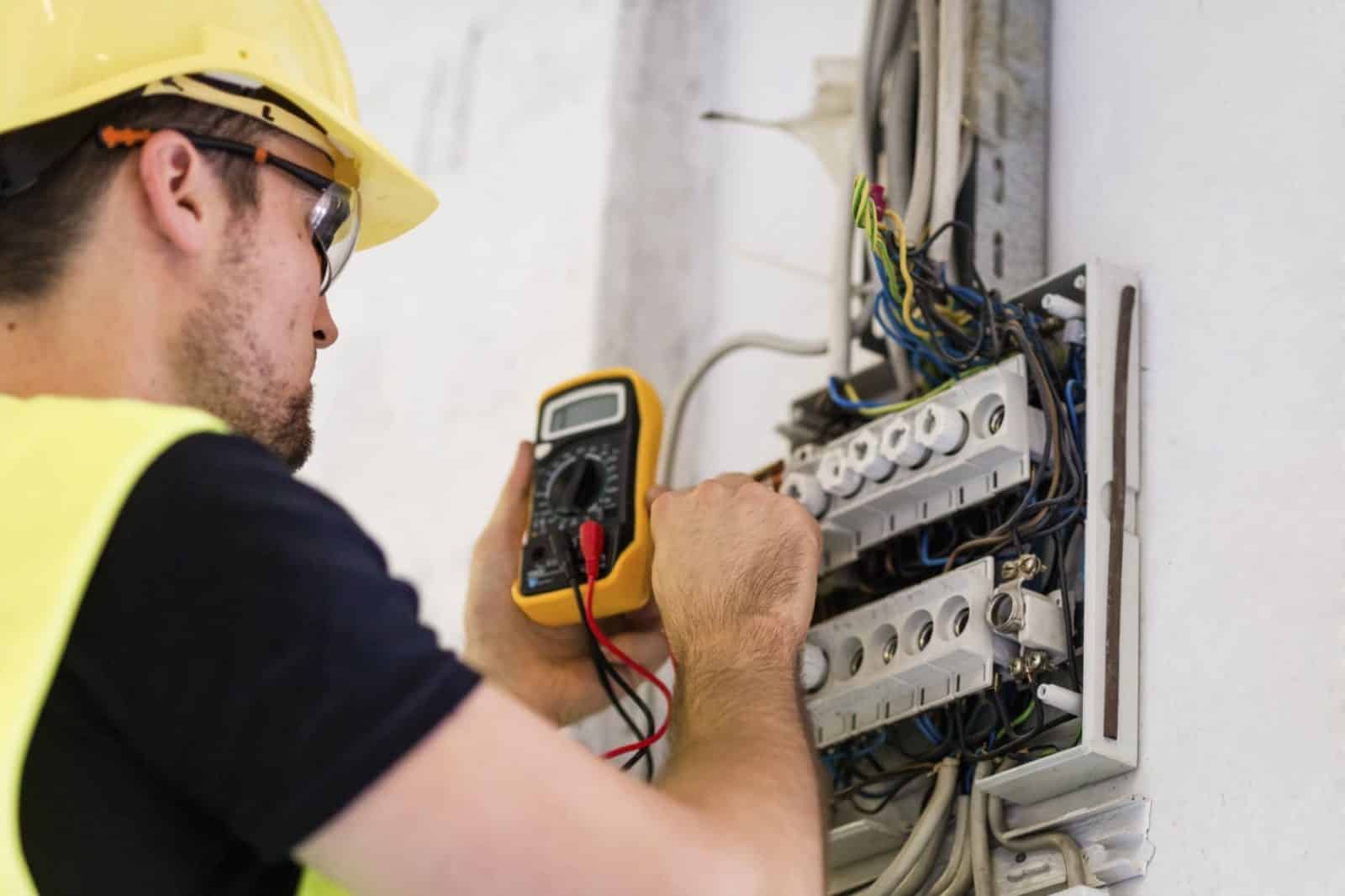The last available data supplied by the National Institute for Occupational Safety and Health (NIOSH) reveal that 46,598 electricity-linked injuries were reported during the years 1992-2002. Electrical shocks suffered in the workplace can result in disabling injuries and the need for a workers’ compensation lawyer in New Jersey. The following information on the causes of electrical injuries is courtesy of The Fire Protection Research Foundation:
- Overhead power lines: 46%
- Wiring transformers and other electrical parts: 29%
- Current from machine tools, light fixtures, and appliances: 18%
- Other: 7%
No Worker is Safe
All employees may be exposed to dangerous electrical conditions. For example, equipment may have damaged electrical cords or come into contact with a damp surface. As NIOSH reports, “Almost all American workers are exposed to electrical energy at some time during their work day, and the same electrical hazards can affect workers in different industries.” The following discusses the different kinds of electrical injuries.
Damage to the Heart
The heart contains its own regulatory electrical system which can be adversely affected by an external electrical shock. The heart can begin to beat too slowly or quickly or in an irregular manner, and in the most severe scenario a heart attack can result. Tissue death in the heart’s muscular inner layer can also occur.
Contact Injuries (Internal)
An electrical current can travel through the human body, causing significant internal damage. It will burn nerves and muscles along a bone, and leave charred entry and exit points in the skin.
In addition, internal muscular injuries from electrical burns can trigger the release of a pigment called myoglobin. An excess of myoglobin in the bloodstream can result in acute kidney failure.
Arc Flash Burns (External)
Arc flashes are the cause of severe external electrical burn injuries. An arc flash happens when an electrical current travels through the air because insulation or isolation between electrical conductors can no longer handle the applied voltage. Arc flashes are capable of igniting flammable materials and causing chemical explosions.
Government Actions
The Occupational Safety and Health Administration (OSHA) has mandated these two safeguards:
Lockout and Tagout (LOTO)
Locks and tags are required to be affixed to prevent a device from being activated from the safe/off position. LOTO procedures apply when a worker:
- Bypasses or removes a guard or safety device.
- Needs to place a body part where it could be harmed by working machinery.
- Works on or adjacent to exposed electrical conductors.
- May be injured in an accidental startup.
Ground Fault Circuit Interrupt (GFCI)
A GFCI keeps track of electrical pressure and monitors leakage. Leakage over the safety limit causes the GFCI to trip, halting the current and preventing electrocution.
The use of a flash protection boundary (FPB) is encouraged by The National Fire Protection Association (NFPA) Personal protective equipment (PPE) must be worn inside this area.
Workers’ Compensation
If you live in New Jersey or nearby and have been denied workers’ compensation following a workplace electrical injury, please talk to us. Our expertise can help you to obtain the benefits you deserve.



